Verbena is a popular plant for its sweet smell and vibrant green leaves. Growing Verbena can be fun and easy, but a few basic tips will help ensure a successful garden. Verbena can grow in various climates, but it does best in areas with plenty of sunlight and well-drained soil. Verbena is a flowering plant that can be grown easily in your garden.
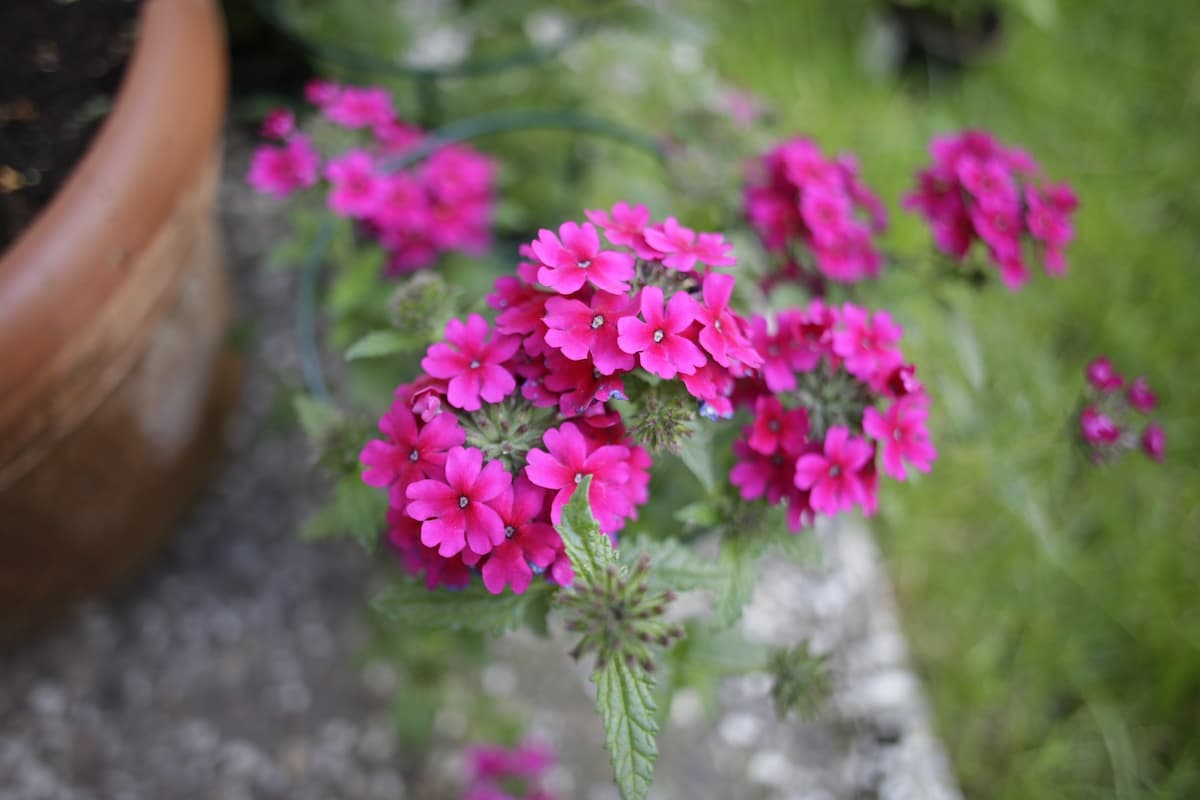
Verbena plants are hardy and will reward you with beautiful flowers year-round. Growing Verbena plants is a fun and easy process that all can enjoy. There are many Verbena plants, so choosing the right one for your garden is important. Verbena plants can be grown in various climates and soil conditions, making them a versatile choice for any garden.
How to grow and care for Verbena
Types of Verbena
- Purpletop Verbena – Purpletop Verbena is an annual vine growing up to 6 feet tall. The purple flowers are in clusters at the top of the plant, and the leaves are oval-shaped with a serrated edge.
- Brazilian Verbena – Brazilian Verbena is a flowering plant that grows in tropical regions. The leaves of Brazilian Verbena are oval-shaped and have a serrated margin. The flowers are small, white, and fragrant.
- Blue Vervain – There are many Verbena plants, but Blue Vervain is one of the most popular. This plant grows well in full and partial sunlight and can be grown indoors or outdoors. Blue Vervain has small, blue flowers commonly used in herbal remedies.
- White Vervain – White Vervain is one of the most common Verbena plants. It has a soft, subtle fragrance reminiscent of lilacs or lilies. This plant grows well in either full sun or partial shade and can be propagated by rooting cuttings taken from young plants.
- Mint Vervain – Mint Vervain is a type of Verbena that grows in temperate climates. This plant has large, wide leaves and spikes of bright green flowers. Mint Vervain is an easy-care Verbena. It grows well in full sun or partial shade and needs moderate watering in summer but little water in winter. The plant can tolerate drought but prefers moist soil.
- Narrowleaf Vervain – Narrowleaf Vervain plant has dense, long, narrow leaves and clusters of small, white flowers on long stalks.
Climate suitable for growing Verbena plant
Verbena requires moderately moist soil and full sun. Use a soil amendment such as organic matter or grit to improve the texture and drainage of the soil. Verbena plants are avid sun seekers, so adequate sunlight is necessary for healthy growth. Although Verbena plants can tolerate brief periods of partial shade, they will perform best in full sun. If you live in an area with a long winter season or your home is in a location where direct sunlight is difficult to come by, grow Verbena plants indoors.
You’ll need to provide at least six hours of direct morning sunlight and six hours of indirect evening sunlight per day. Move your Verbena plant to a location that receives more light. This might mean moving it closer to a window or outdoor light source, especially if your house is built in an urban area with limited availability.
Consider planting Verbena near taller shrubs or trees that provide shade during the hottest part of the day. Shading also helps minimize temperature fluctuations throughout the day, which can benefit Verbena’s growth. Place Verbena in an open area next to a fence or tall object that provides shade on hot days. As long as there’s some direct sunlight available during the day, Verbena can grow and bloom.
In case you missed it: How to Grow and Care for Polka Dot Plants in Pots: A Beginners Guide
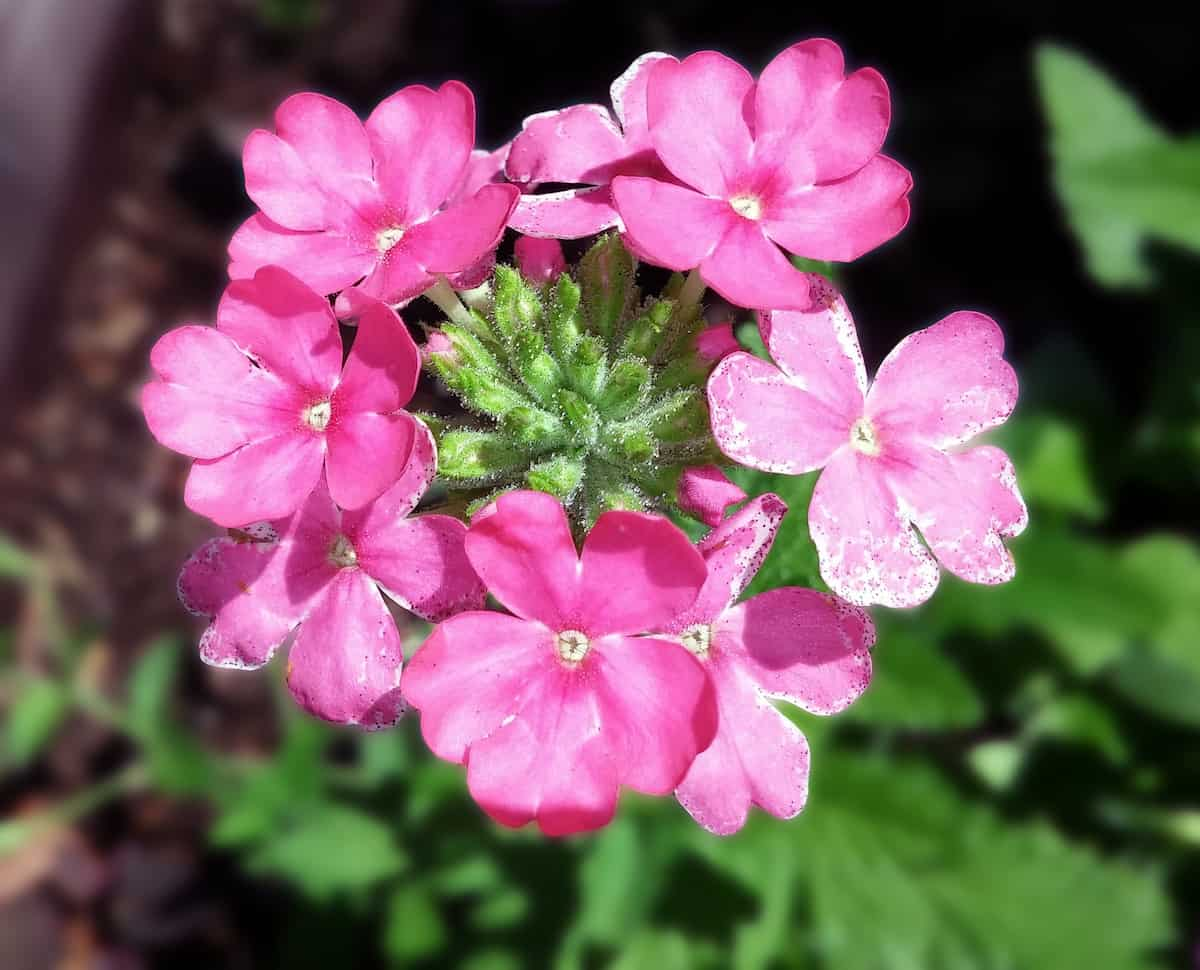
Soil requirement for growing Verbena plant
Verbena plants prefer well-drained soil with a good organic matter content. The pH of the soil should be between 6.0 and 7.5. They grow best in full sun or partial shade but will tolerate some shade when grown in containers. Verbena plants are drought-tolerant once established but will benefit from regular watering during the summer months.
You can also grow Verbena in clay or sandy soils, but they will not be as productive as in loamy soils. A good way to test the soil quality is to see if it drains well. To produce healthy Verbena plants, you’ll need soil that is both moist and well-drained. You can also water the Verbena plant deeply during its first two weeks of growth, then reduce watering to once a week as the plant establishes itself.
Water requirement for growing Verbena plant
Verbenas are easy to grow and do well in most climates. They prefer moist, consistently cool conditions with indirect sunlight. Like other plants, Verbena requires little water once they have established themselves in the soil, but they will appreciate occasional water during dry periods. For best results, use a compost or manure mix when watering Verbena. To grow Verbena flowers, you will need a minimum of 1 inch of water per week. The amount of water required will vary depending on the weather and the growing conditions.
Remember that Verbena likes a moist environment, so water it regularly. Verbena flowers love moist soil but need less water than most other plants. Soaker hoses can be connected to the garden hose and directed toward the plant’s roots. Applying water in this way will not harm Verbena flowers. Verbena flowers need a lot of water to grow, so give them plenty of it. Make sure the soil is moist but not wet, and then keep watering regularly until the plant has wilted down.
In case you missed it: How to Grow and Care for China Doll Plants Indoors: A Beginners Guide
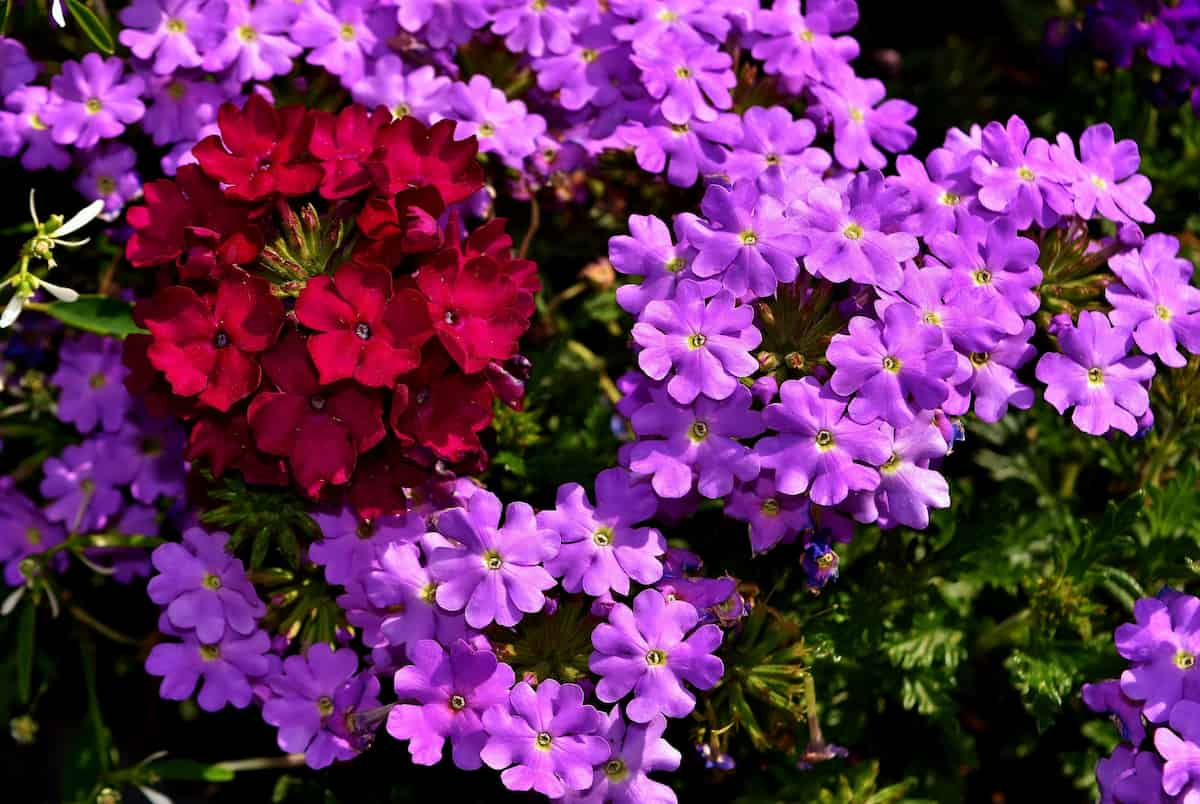
Propagating Verbena plants
From cuttings
To propagate Verbena plants from cuttings, you will need to gather several cuttings from an established Verbena plant. Once you have collected your cuttings, you must prepare them for propagation. Wash the cuttings well in cool water and remove any damaged or dead sections. Ensure the cuttings are well soaked in water, then place them in a moist container.
Allow the cuttings to soak in the water for four to six hours. After soaking, gently remove the cuttings from the water and place them in a rooting medium such as vermiculite or perlite. Place the cuttings in a shady location and moisten them until they sprout roots. After the cuttings have rooted, transfer them to a pot and care for them like any other herbaceous plant.
From seed
To germinate Verbena seeds, you must soak them overnight in warm water. Once soaked, place the Verbena seeds on a damp paper towel and cover them with another damp paper towel. Change the towels every few hours to continue moistening the seeds. Seeds germinate after about 12 to 24 hours, but it may take up to two weeks for them to sprout. Once they have sprouted, thin out the seedlings by removing the weaker ones or those growing near each other. Water thoroughly and keep in a light-protected area until ready to plant out.
Transplanting Verbena seedlings
Verbena is a popular perennial garden plant that can be grown in various climates. The easiest way to grow Verbena is in an open container, which can also be grown in the ground. Verbena plants are tolerant of drought and thrive in moist but well-drained soils. To transplant Verbena plants, choose a healthy plant with robust roots.
Dig up the plant carefully and remove any dirt or rocks. Ensure the plant is fresh and dry before transferring it to its new location. Gently separate the leaves from the stem and place them in a pot or container of fresh soil. Water the plants well and fertilize them during the growing season with a low-nitrogen fertilizer.
In case you missed it: How to Grow and Care for Boston Fern Plant in Pots: A Beginners Guide
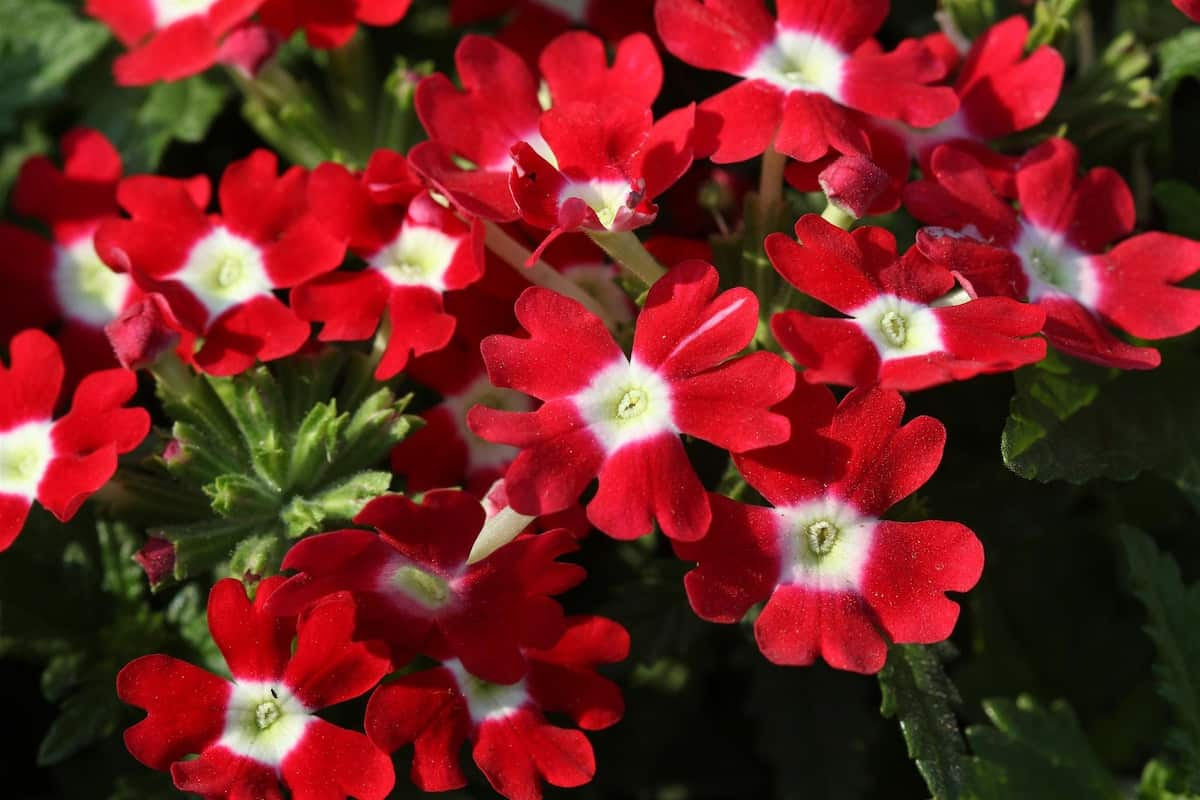
Verbena plant care
Fertilizer requirement for growing Verbena plant
Verbenas may be more particular about their soil type than other plants. They need good drainage and full sun to do well, but they can also tolerate partial shade. Because Verbena is an evergreen, it will lose some of its foliage in the winter if temperatures stay below freezing. Keep the soil moist but not soggy, and be sure to water deeply enough so the roots can reach the nutrients.
Verbenas are easy to grow and relatively low-maintenance, but they need good fertilizer to thrive. High nitrogen fertilizer is best for Verbena plants, as they need a lot of fertilizer to produce blooms. Fertilize during the growing season every other week with a diluted solution of 10-10-10 or similar. You can also use a soil conditioner on top of the fertilizer if you have dry soil. Mulch Verbena plants in the fall or winter to help them conserve moisture and keep weeds at bay.
Pruning Verbena plants
Verbena is a beautiful flowering plant that can be grown indoors or outdoors. It has a long bloom period and can be a wonderful addition to any garden. There are many different Verbena varieties, each with its unique characteristics. It is important to prune Verbena plants regularly to maintain their shape and size. Make sure to remove old growth and dead leaves. Also, cut back the stem in late summer or early fall before the new growth begins. This will help encourage new blooms next season.
Verbena plant care in winter
One of the easiest ways to care for Verbena plants during the winter is by keeping them in full sun or light shade. Verbena plants like bright, direct sunlight in the morning and afternoon but will also tolerate some indirect light. If you live in a cool climate, you may want to place your Verbena plants in a sunny window.
If you don’t have direct sunlight available, try planting Verbena plants in a pot with fresh soil and water them regularly. Keep the soil evenly moist, but don’t overwater; overwatering can cause root rot. Cover the pot with plastic wrap at night before placing it on an elevated surface to provide extra warmth.
In case you missed it: How to Grow and Care for Poinsettia Indoors: Propagation, Planting, and Management
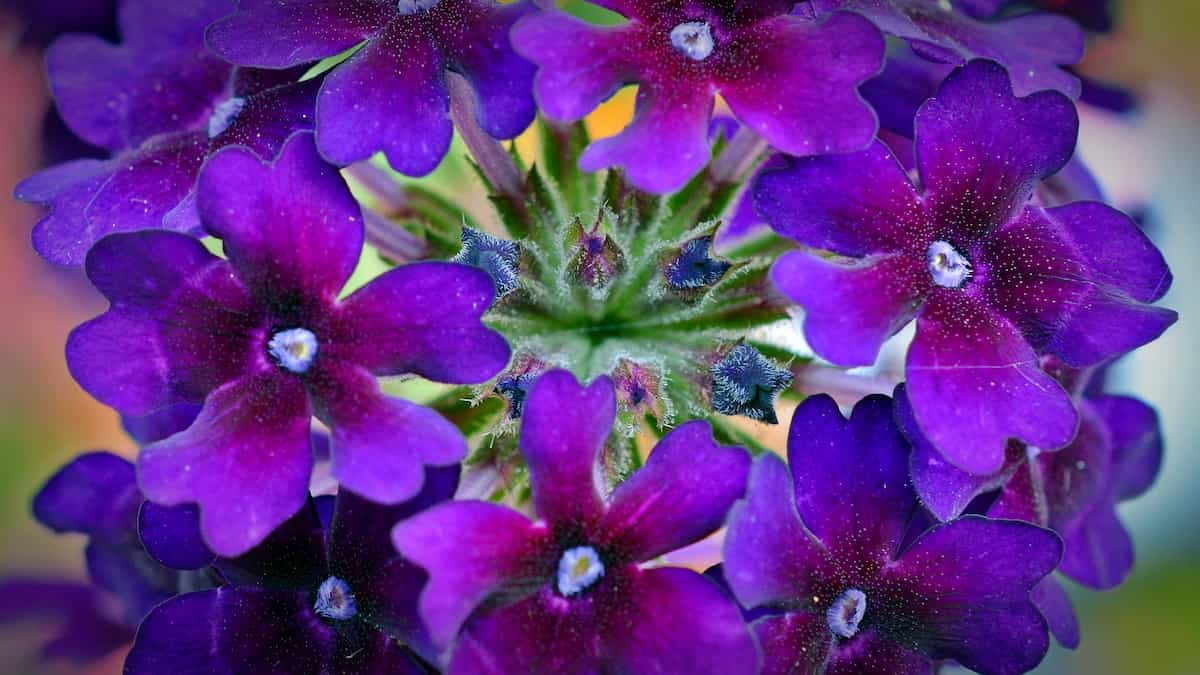
Pests and diseases of Verbena plant and their control
- Flea beetles are a common pest of Verbena plants. They feed on the leaves, causing them to curl or turn brown and die. The best way to control flea beetles is to increase the soil’s nitrogen content. You can do this by adding organic matter or compost before planting Verbena or by spraying fertilizer around the plant after it has grown.
- Spider mites love Verbena plants because they feed on their leaves. Not only do spider mites reduce the size and vigor of your Verbena plants, but they can also cause leaves to drop off completely. There are many ways to get rid of spider mites; some include using insecticidal soaps or sprays, burning infected foliage, or picking them off with a cloth or finger.
- Many pests can attack Verbena plants, but fortunately, most of these can be controlled fairly easily with some preventive measures taken during the planting process and regular maintenance afterward. Preventative measures against most garden pests include using quality mulch around Verbena plants; planting in raised beds or containers to ensure good drainage; picking off emerging bug eggs before they hatch; spraying your plants with an insecticide when necessary; and removing diseased or damaged plants promptly.
- Verbena plants are popular for their beautiful flowers, but they can also be hosts to various diseases.
Verbena blight is caused by fungus, which affects the leaves, flowers, and seed pods. The fungus overwinters on the plant in dead spores and comes back active during warm weather. Control measures include fungicide applications before blooming and when fruits form and destroy infected plants. - Cankers can form on the stems or roots of Verbena plants. They are caused by various fungi, which attack the plant’s cells. Cankers may kill the plant outright or cause it to weaken so that it can’t produce flowers or fruit. Prevention includes inspecting your plants regularly for signs of infection and using appropriate fungicides when necessary.
- Foliar fungal diseases occur on the leaves and may cause stunting, wilting, yellowing, or die-back of the leaf tissue. Control measures include using a fungicide when symptoms first appear and removing diseased leaves promptly to prevent further damage to the plant.
In case you missed it: Over Fertilization Symptoms of Indoor Plants and How to Fix It
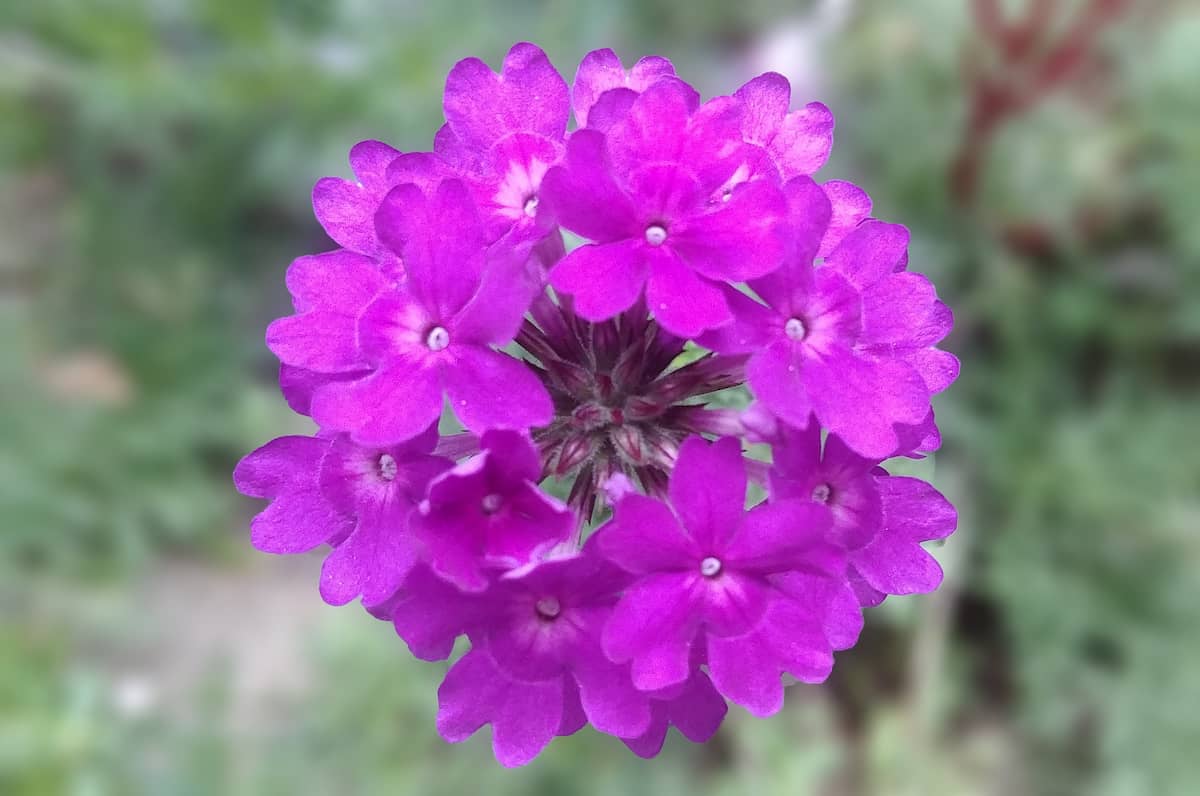
Conclusion
Verbena is a popular garden plant, and for a good reason. The flower’s showy blooms can attract pollinators, and the plant is drought-tolerant and easy to grow. Verbena plants are easy to grow and care for, but there are a few things you need to keep in mind to get the most out of them. First, ensure your soil is well-drained and has plenty of organic material.
Second, water your Verbena plants regularly, especially in the early stages, and fertilize them occasionally with a high-quality fertilizer. Third, Verbena plants take time to become established and produce flowers. But you’ll be rewarded with beautiful foliage and fragrant blooms once they do.
- How to Grow Hibiscus from Flower
- Plantation Ideas for Home Decoration: A Beginners Guide
- Flower Garden Designs and Layouts for Beginners
- Planting and Spacing Techniques in Papaya: A Beginner’s Guide
- Growing Gold: Essential Techniques for Planting Pineapples
- How to Make Kalanchoe Plant Bushy: Home Remedies and Solutions
- 11 Reasons Why Your Gardenia is Not Blooming: Home Remedies and Solutions
- Eco Elegance: The Guide to Designing a Drought-Tolerant Landscape
- Gardening on a Slope: Strategies for Hillside Landscaping
- Nourish and Flourish: Top Organic Mulches for Thriving House Plants
- Everything You Want to Know about Indian Mogra Flower: Discover Uses and Growing
- Green Thumb Success: Expert Tips for Cultivating Greenhouse Pumpkins All Year Round
- Maximize Growth & Flavor: The Ultimate Guide to Companion Planting in Herb Gardens
- How to Control Rhododendron Problems Naturally: Home Remedies and Organic Ways to Fix Them
- Natural Magic: The Remarkable Benefits of Cinnamon for Plants
- Best Steps to Revive Dying Tulip with Natural and Organic Treatment
- 10 Reasons Why Your Angel Trumpet is Not Blooming: Remedies and Treatment
- How to Fix Periwinkle Leaf and Flower-Related Problems: Natural Remedies and Solutions
- How to Fix Zinnias Leaf and Flower Problems: Discover Natural and Home Remedies
- Organic Steps to Induce Lemon Tree Flowers: A Comprehensive Guide
- Bloom Booster: Crafting the Perfect Homemade Bougainvillea Fertilizer
- Optimizing Growth: A Guide to Applying NPK Fertilizer for Potted Plants
- 10 Best Homemade Fertilizers for Rubber Plant: DIY Recipes and Application Method
- How to Boost Female Pumpkin Flowers: Effective Steps for More Flowers and High Yields
- Transform Your Indoor Garden: Top Benefits of Pink Salt for Houseplants
- 10 Best Homemade Fertilizers for Peacock Plants (Calathea): Easy DIY Guide
- Unlock Blooms: 9 Reasons Why Your Potted Chrysanthemum is Not Blooming
- 8 Reasons Why Your Potted Hibiscus is Not Blooming: Fix it with Simple Solutions
- Unlock Blooms: 9 Key Reasons Your Potted Frangipani Won’t Flower
- 10 Reasons Why Is My Ice Plant Not Blooming: Remedies and Treatment
- 10 Reasons Why My Potted Hydrangea Not Blooming: Treatment and Remedies
- 10 Reasons Why is My Wisteria Not Blooming: Remedies and Treatment
- 10 Reasons Why is My Goldfish Plant Not Blooming: Remedies and Treatment
- Maximize Your Space: Ultimate Guide to Balcony Gardening with Grow Bags
- 10 Reasons Why Your Iris is Not Blooming: Remedies and Treatment
- 10 Reasons Why Your Anthurium Plant is Not Blooming: Treatment and Remedies